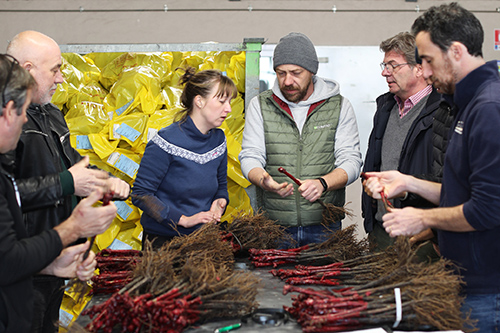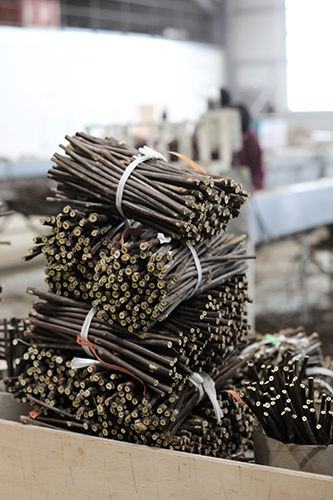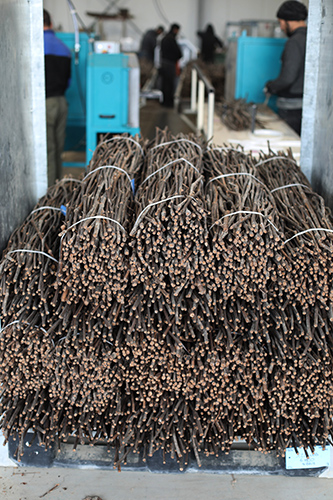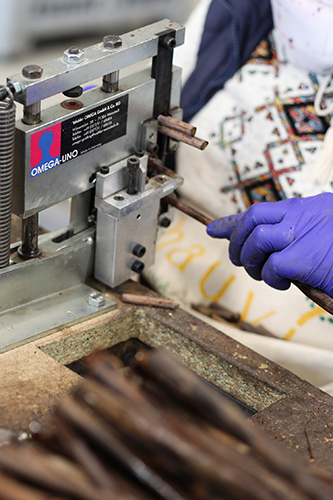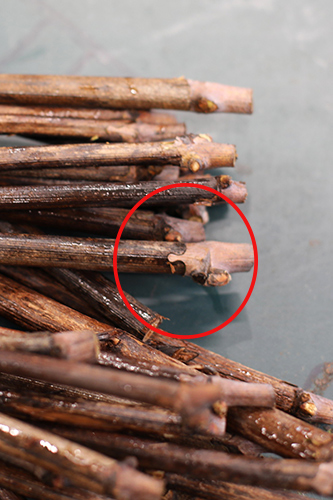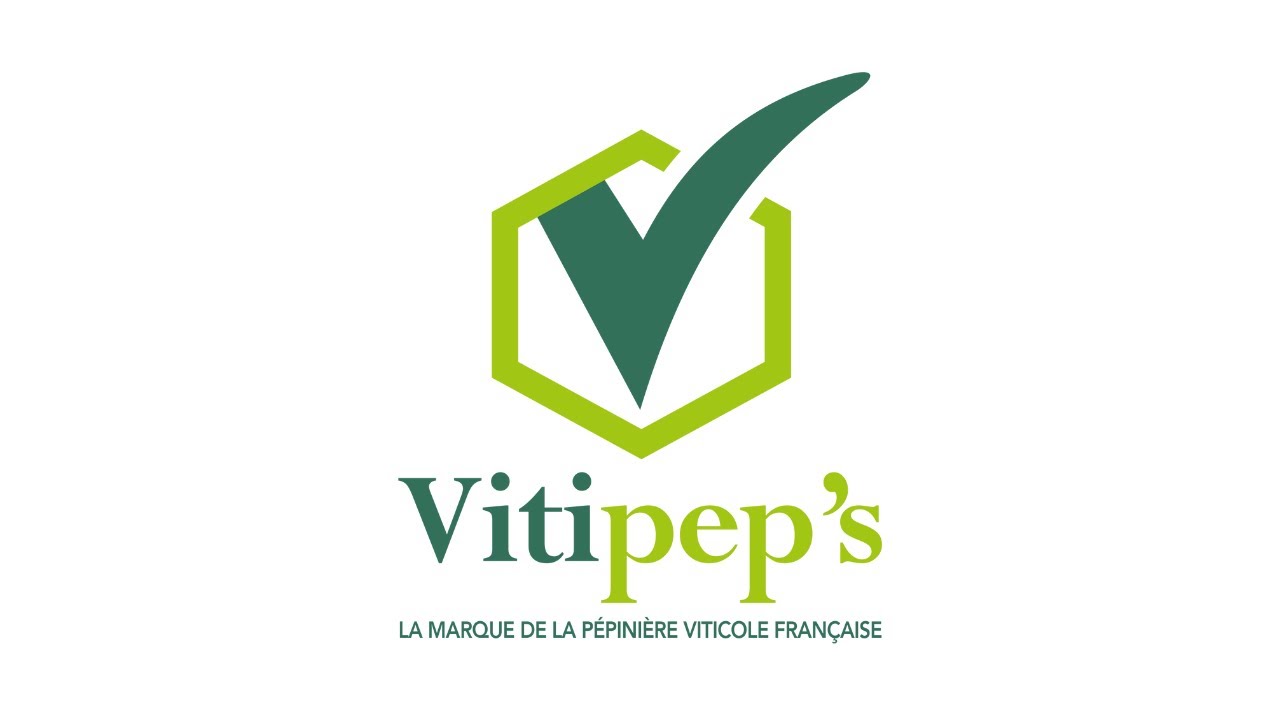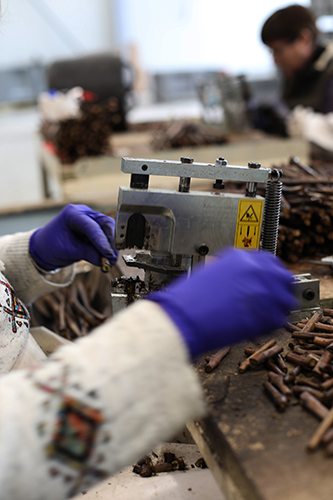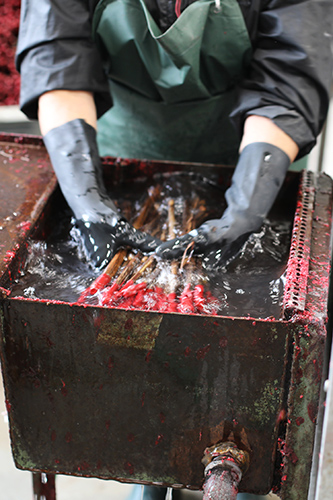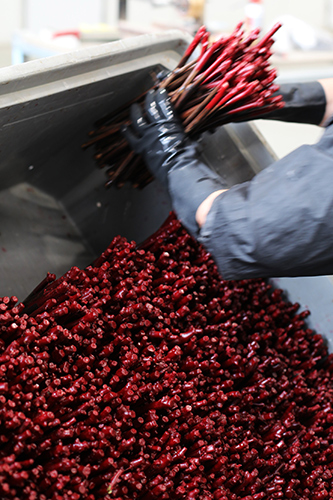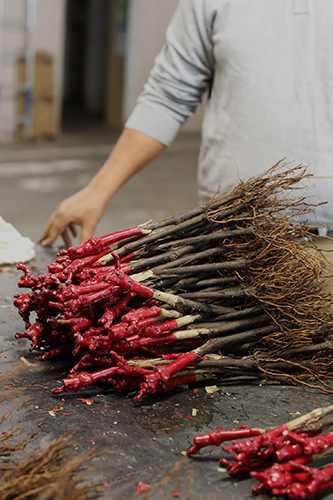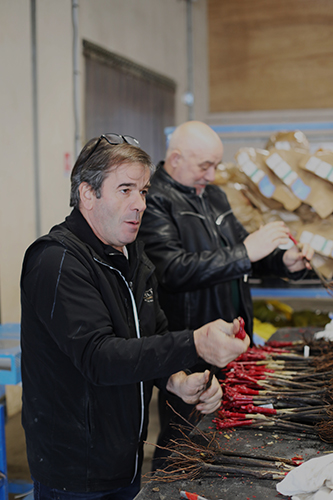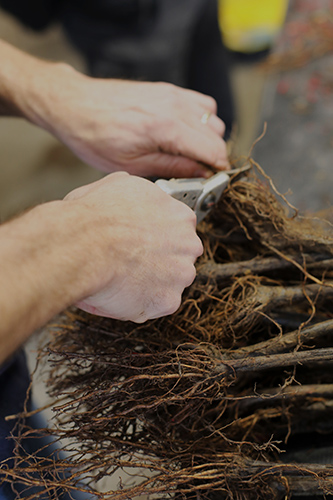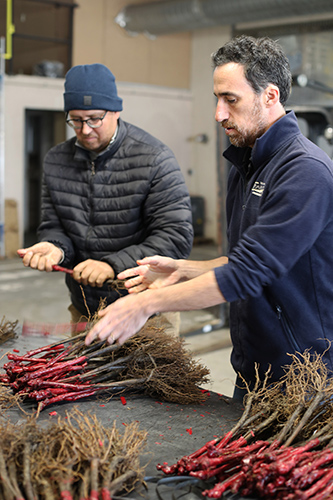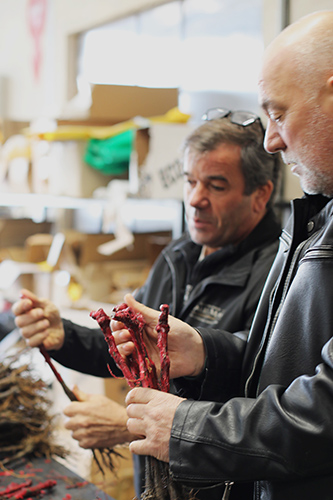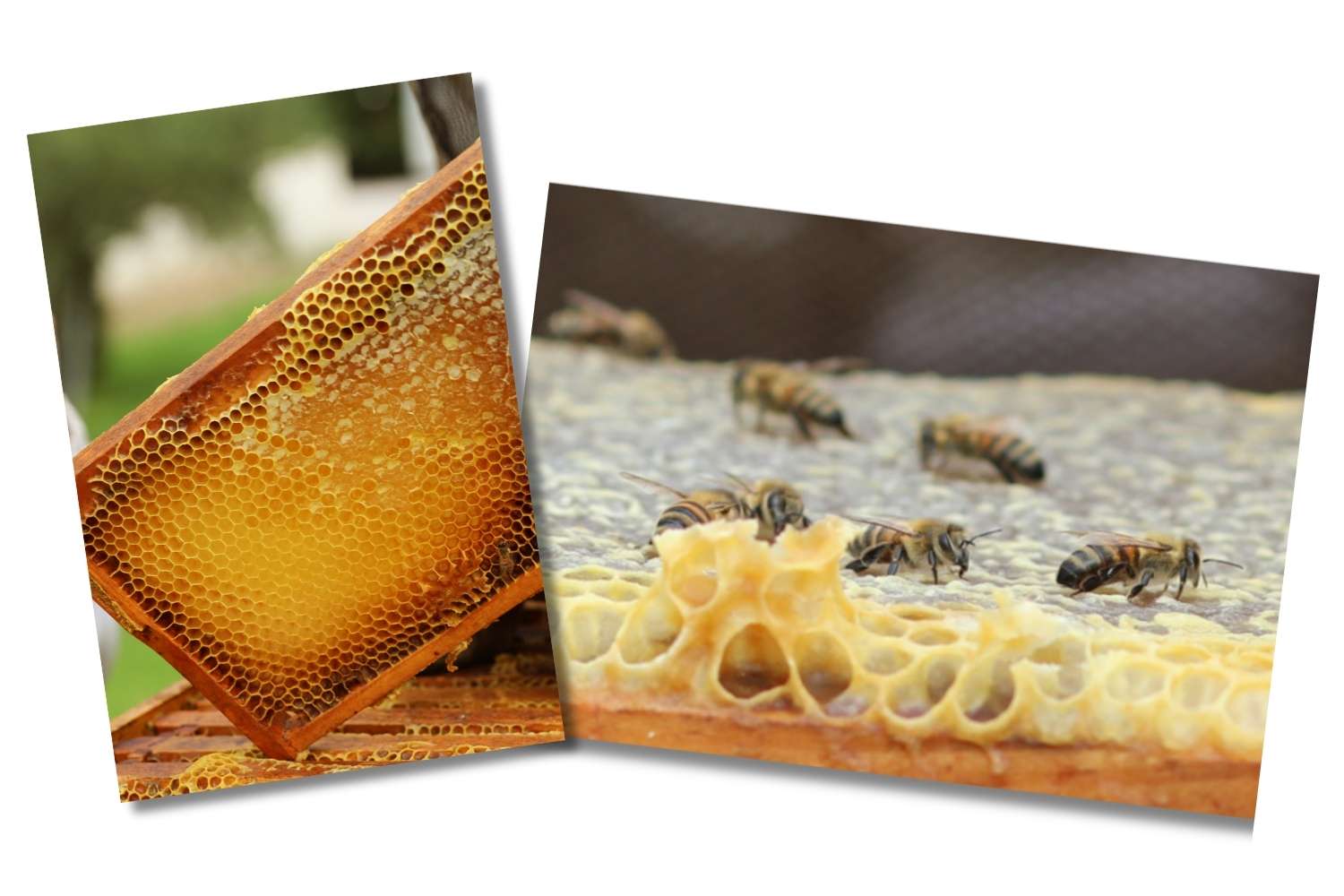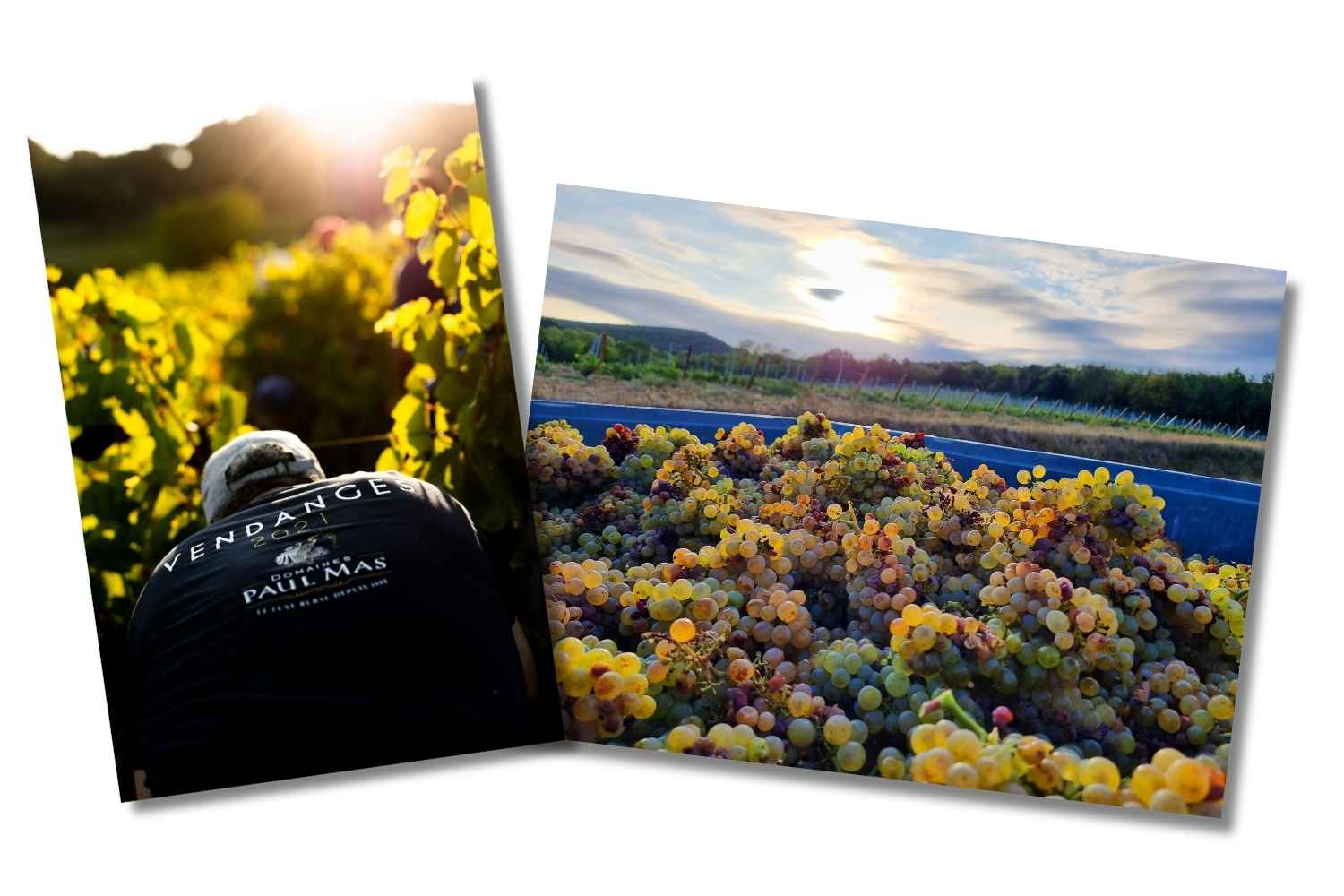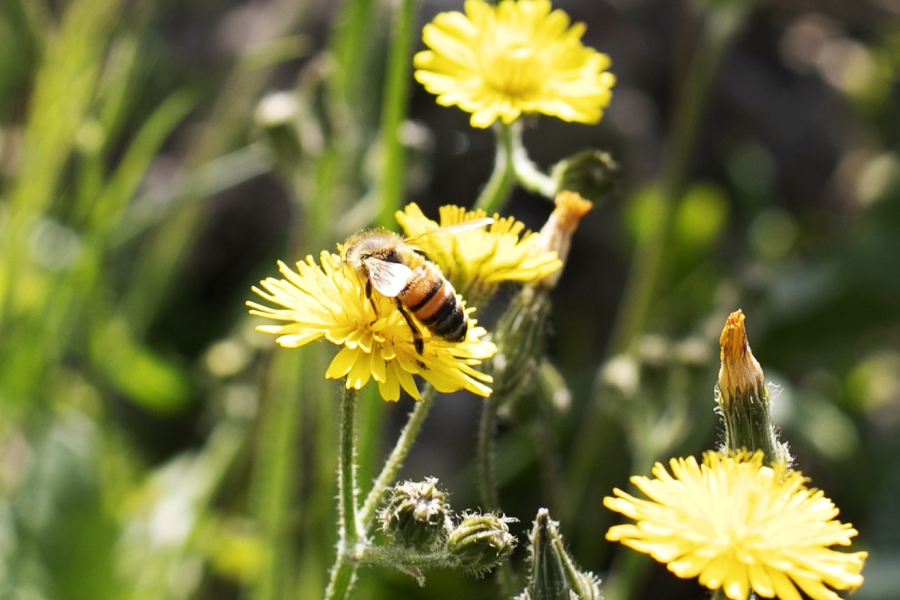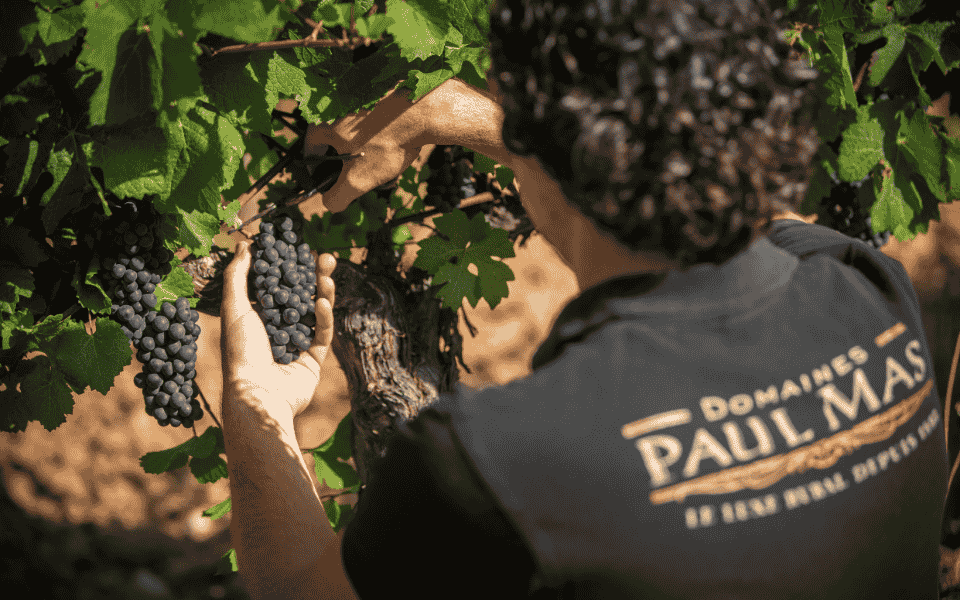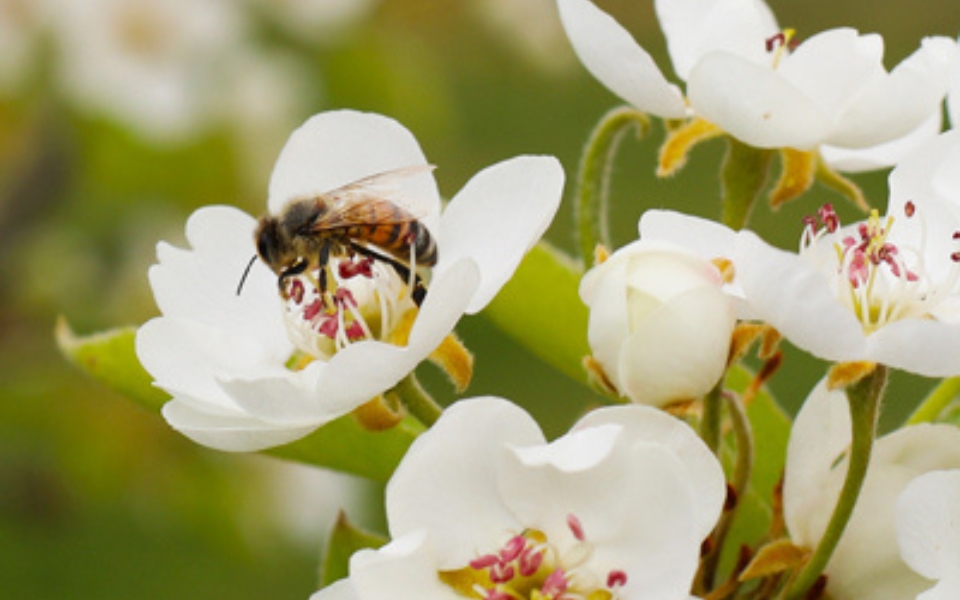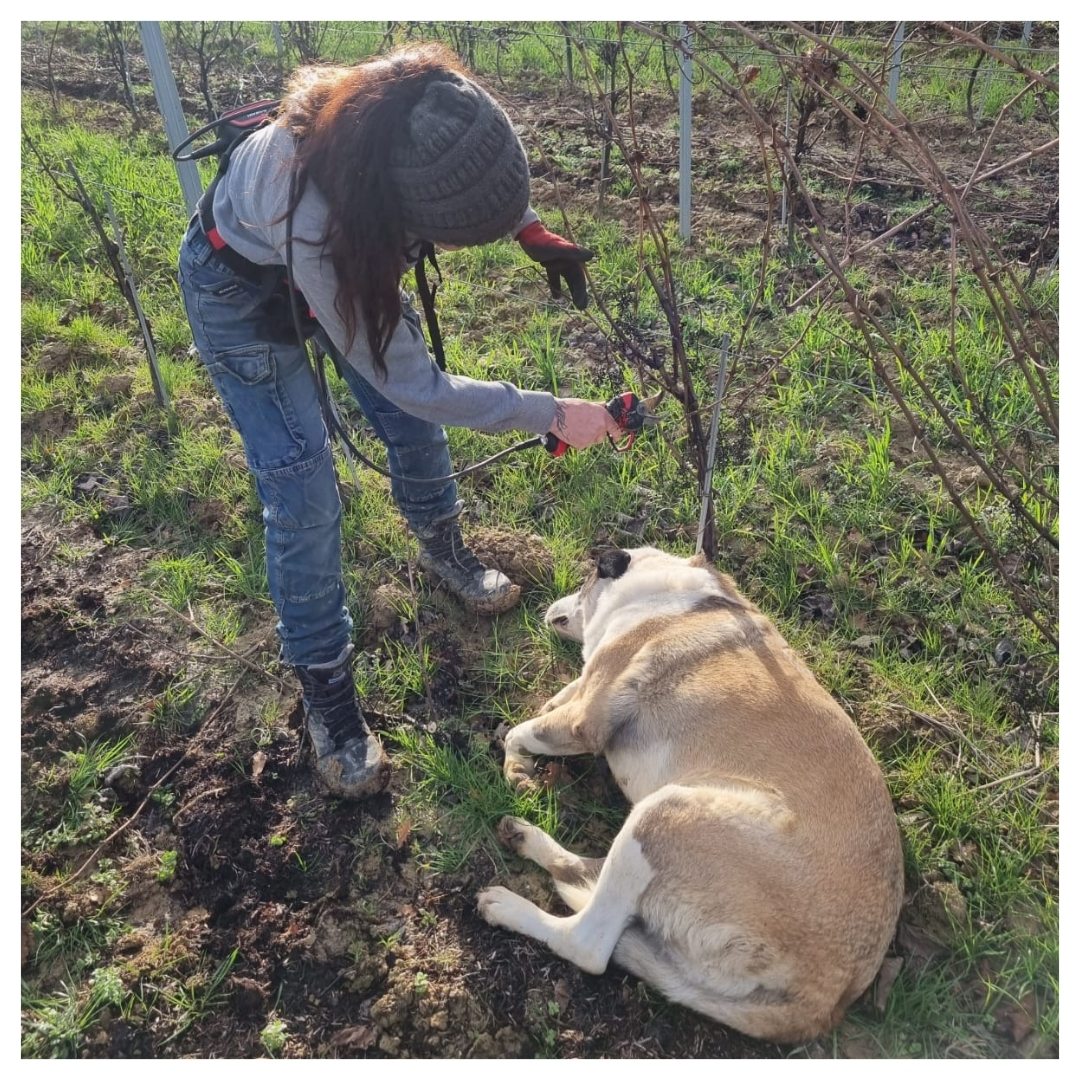

How our vine plants are produced

Today, we visited Les Pépinières du Comtat in Sarrians to inspect our future vine plants. We also took the opportunity to visit their workshops. Did you know that a vine plant goes through 40 hands before being ready to be planted?
It all starts with the rootstock
In viticulture, the rootstock is the foundation on which another key player, the scion, flourishes. This judicious choice of rootstock is of utmost importance, as it influences multiple aspects of vine development, such as growth, disease resistance, tolerance to specific soils, and regulation of vine vigor.
The choice of rootstocks depends on the characteristics of the soil and the climate. These plants make a significant contribution to disease resistance, vigor management, and vine adaptability to diverse environmental conditions. Rootstocks play a pivotal role in the success of vine cultivation and in the quality of the harvested grapes.
Rootstocks, often from American stock, are carefully selected for their resistance to diseases and parasites, notably phylloxera. This devastating insect left indelible scars on European vineyards in the 19th century. Old World vines proved vulnerable to phylloxera, but American strains developed a natural resistance to this invader.
Phylloxera (Daktulosphaira vitifoliae), which originated in North America, unfortunately took an unintended journey to Europe, probably through imported vines. When it arrived on European soils in the 1860s, it devastated vineyards, causing extensive damages.
It was in 1863 that this method of grafting vine plants was born. The judicious use of resistant American rootstocks emerged as a winning strategy. Thus, the natural resistance of American strains to phylloxera offered a life-saving remedy to vulnerable European vines
How are the rootstocks prepared?
Vine “chicotage” is a technique combining human intervention and the use of machines to obtain perfectly calibrated rootstocks. The process begins with the use of a dedicated machine, responsible for eliminating unwanted branch tips (called chicos) and checking rootstock calibration. This step, carried out with mechanical precision, ensures that the rootstocks are properly sized. However, the final touch – obtaining uniformly sized rootstocks – remains with the experienced workers, who meticulously cut it by hand at an impressive rate.
The varieties
The nuances between FERCAL and SO4 rootstocks, two varieties chosen by our vineyard managers, each offering distinct characteristics influencing vine growth and productivity.
FERCAL:
- Origin: FERCAL has its roots in a clonal selection made in France.
- Characteristics: Praised for its adaptation to limestone soils.
- Vigor: Generally considered less vigorous than other rootstocks.
SO4 (Oppenheim 4 selection):
- Origin: Developed in Germany, SO4 has a proven track record.
- Characteristics: Often chosen for its resistance and adaptability to various soil types.
- Vigor: Renowned for its vigor, offering an advantage in situations where robust growth is desired.
The choice between FERCAL and SO4 depends on many factors, such as soil conditions, climate, grower preferences and the type of grape grown. Our vineyard managers select their own rootstocks according to the specific needs of their vineyards, aiming to maximize grape quality and yield.
Graft collection
Grafting, a crucial part of the grafting process, is carefully carried out on healthy, vigorous vine plants from propagation establishments, which feature specific characteristics such as grape type, and other sought-after quality traits depending on the chosen clone.
It should be emphasized that the quality of the grafts has a direct influence on the overall success of the grafting process, thus impacting on the health and productivity of future vineyards. Farmers and vinegrowers pay particular attention to graft selection and management, ensuring that the quality of their vines is impeccable.
The scion is then grafted onto the rootstock, and the two parts are grafted together to create a single vine plant.
Our commitment to excellence is also reflected in our choice of grafting methods. Among the various techniques used in viticulture, two stand out: “English” grafting and “Omega” grafting. By opting for the latter, the nurseries with which we collaborate favor an approach that ensures optimal fusion between the graft and the rootstock, thus consolidating our commitment to cutting-edge practices.
Omega grafting
Omega grafting begins with an incision in the rootstock, creating a slit in the shape of an “Ω” or omega. With this method, the aim is to ensure maximum surface union between the graft and the rootstock, reinforcing the stability of the graft.
Once the graft and rootstock are perfectly joined, they are manually sealed by dipping them in liquid kerosene. The goal of this step is to promote successful cell bonding between the graft and the rootstock. The kerosene acts as a protective barrier and surrounds the contact zone, ensuring optimum protection and creating an environment conducive to cell fusion.
Proactive interaction between winemakers and nurseries is the cornerstone of a promising vineyard. This preventive exchange between these two parts is essential in ensuring the quality, conformity, and health of seedlings, playing an active part in building healthy vineyards.
The Vitipep’s label: a guarantee of quality
Vitipep’s stands out as a benchmark brand in the French wine nursery industry.
Their commitment?
To ensure 100% French certification of the first generation of vine plants.
Each member of Vitipep’s undertakes to comply rigorously with the brand’s specifications, covering aspects of production, marketing, traceability, and training. A certification plan, supervised annually by an independent federation, has been set up to assess each member’s compliance. Working with partners such as Les Pépinières du Comtat, who fully adhere to this certification, is a testament to our dedication to quality and best practice.
